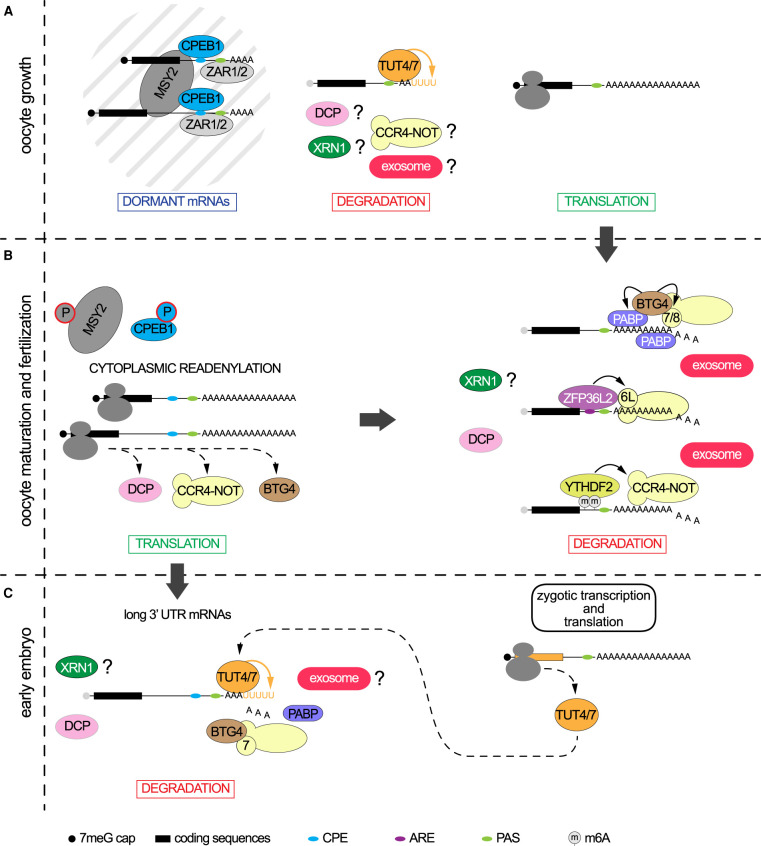Figure 2. Dynamics of maternal transcriptome translation and degradation during oocyte growth and MZT.
(A) During oocyte growth, dormant mRNAs have cytoplasmic polyadenylation elements (CPE) close to their poly(A) signal (PAS) in their 3′ UTR and have a short poly(A). They are associated with RNA binding proteins CPEB1, ZAR1/2 and MSY2 in the cytoplasmic lattices (CPL) and are not translated. The degradation of mRNA during this period is not well characterized, but terminal 3′ uridylation by TUT4 or TUT7 has been shown to be involved. (B) Upon initiation of oocyte maturation, phosphorylation of MSY2 and CPEB1 leads to the readenylation of the dormant mRNAs and activation of their translation. The combination of the CPE and PAS elements contribute to different regulation of translatability. Translation of proteins coding for the MZT licensing factor BTG4, or subunits of the decapping (DCP) and CCR4-NOT complexes is induced during this period. In parallel, the transcripts that were translated during oocyte growth are degraded. At least three pathways of CCR4-NOT recruitment have been described: (i) the MZT licensing factor BTG4 which interacts with the poly(A) binding proteins (PABP), PABPC1L and PABPN1L and with the CNOT7 or CNOT8 deadenylase subunits of the CCR4-NOT complex, (ii) the AU-rich element (ARE) binding protein ZFP36L2, which recruits CCR4-NOT via its CNOT6L deadenylase subunit, and (iii) the m6A reader YTFHDF2. Activity of the DCP complex is associated with the degradation of maternal mRNAs during this period. The implication XRN1 exoribonuclease has not been studied, however, activity of EXOSC10 exoribonuclease of the exosome complex is important during this phase. (C) Zygotic gene expression of TUT4 and TUT7 is reinforcing the action of the maternal decay proteins, such as BTG4 and CCR4-NOT, and accelerating the degradation of maternal mRNA with longer 3′ UTR that resisted to the maternally controlled decay. Question marks indicate that the implication of these proteins have not yet been studied.

